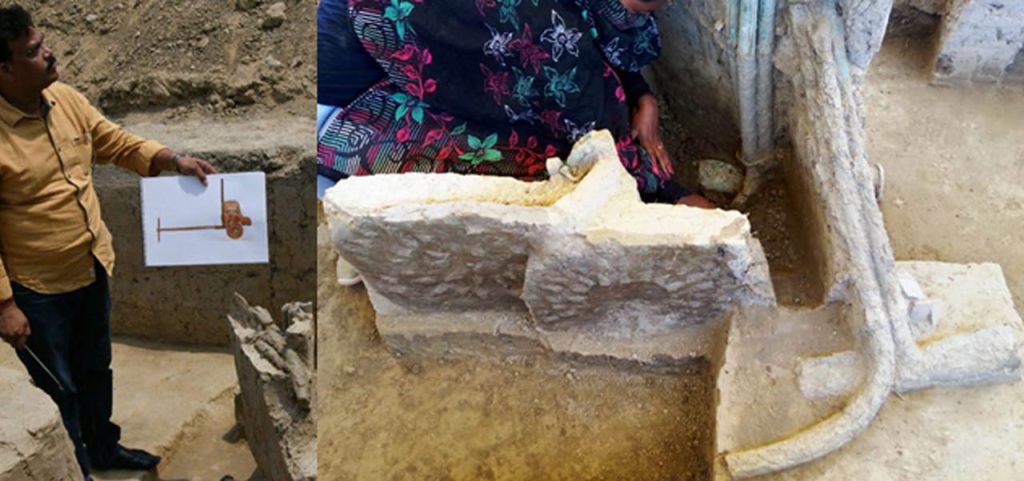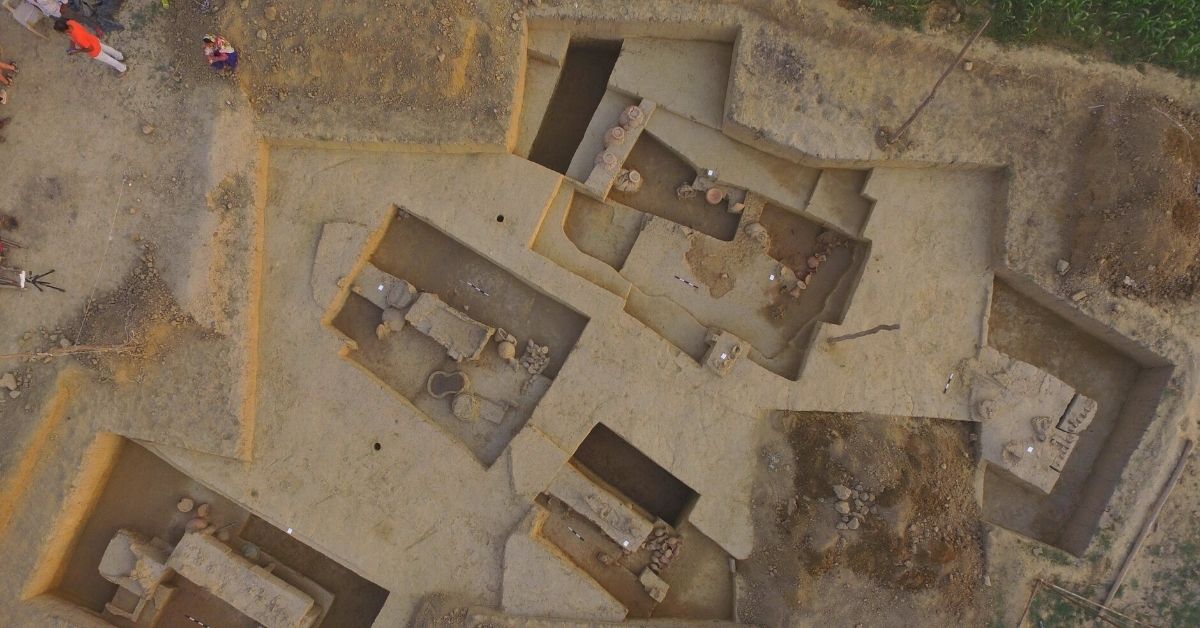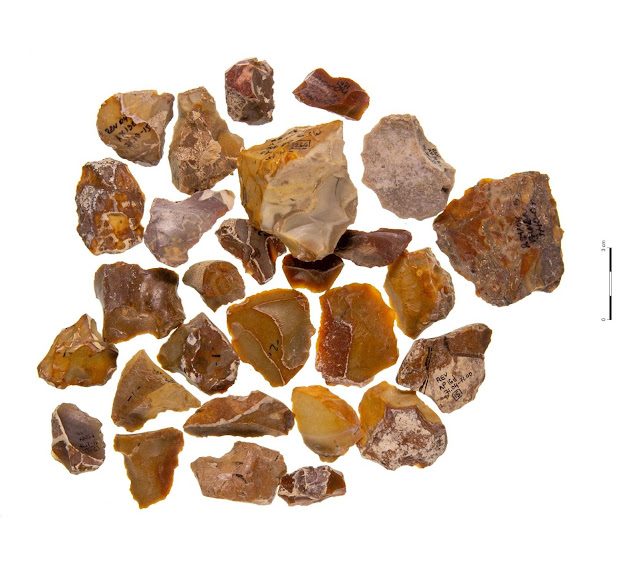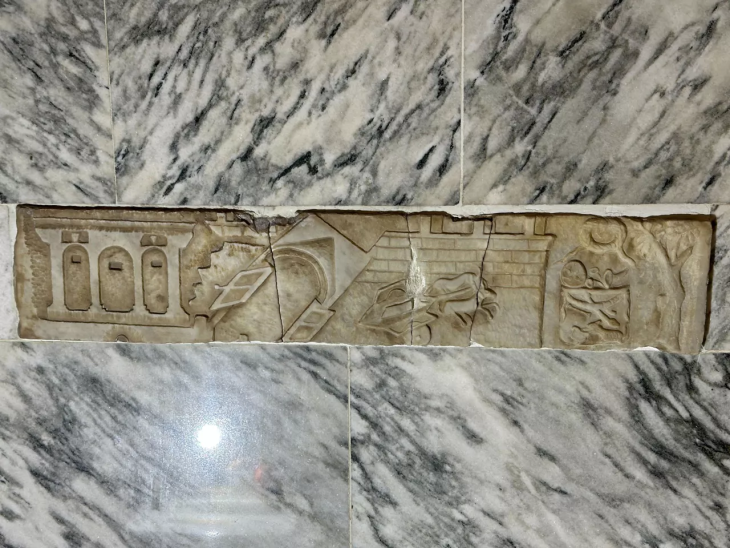In July 2018, India’s state-owned Archaeological Survey of India (ASI) team unearthed war chariots, swords, and helmets more than 4,000 years old at Sinauli in the state of Uttar Pradesh.
Researchers have recently dated the discovery, which comprises royal burials along with chariots, weapons, and ritual artifacts, to approximately 4,000 years before the present, or 2000 BCE.
The discovery of chariots in the Indian subcontinent is a first, according to the researchers. Researchers say that similar weapons were also possessed by people in this subcontinent when the Mesopotamians used chariots, swords, and even helmets in battle in 2000 BC.
The archaeological site of Sinauli has been subject to archaeological excavations since 2005 and has revealed the existence of a necropolis with more than 120 burials, some of which belonged to high-status individuals, probably warriors or leaders.
The most striking aspect of the excavation was the discovery of three complete war chariots. The archaeologists also found a slew of, a torch, an antenna sword, highly decorated coffins, helmets, and an impressive variety of copper artifacts The astonishingly well-preserved remains are similar to those found in the late Harappan phase.
Studies have shown that the artifacts from Sinauli are associated with the Ochre-Colored Pottery (OCP) Culture, which flourished between 2000 and 1500 BCE in the area where the Yamuna and Ganges rivers converged. This period roughly corresponds with the late phase of the Indus Valley Civilization.

Sinauli is the first archaeological site in the Indian subcontinent to provide evidence for chariots, royal tombs, and chariots with elements of warfare during the OCP/Copper Treasure culture in the Ganga-Yamuna doab, indicating that the Sinaulians were involved in warfare activities.
The finding of war chariots is particularly noteworthy because it puts this culture on par with other contemporary civilizations where chariot use is known, like Mesopotamia and Greece.
Interestingly, most wooden artifacts were layered with copper sheaths, inlays, and wires, which prevented them from decomposing for nearly 4,000 years. The recovered antiquities of this culture indicate their high degree of sophistication in wood and copper craftsmanship.
Copper geometric motifs, such as triangles arranged on the wheel spokes, adorn the chariots discovered at Sinauli, indicating that these carriages served as both practical and symbolic representations of authority and prestige.

Another important discovery at the site is a royal burial containing a wooden coffin decorated with copper anthropomorphic figures, all wearing double-horned helmets and sacred fig leaves (Ficus religiosa).
Two complete chariots, two copper decorative staffs, an ornamented whip, gold and steatite beads, and numerous pieces of pottery were discovered in this same burial. All of this points to a high-ranking individual—possibly a commander or military chief—being interred in this tomb.
Earlier evidence of wooden coffins from the Indian subcontinent was recorded at Harappa, the site of the Indus civilization in present-day Pakistan, the researchers wrote in their paper.
The radiocarbon dating of the wooden remnants from the coffins and chariots, along with the organic remains discovered in the funerary vessels, supports this dating, which situates the Sinauli culture in the region during a transitional phase between the Copper and Bronze Ages.
The research was published in the Journal Radiocarbon. (An International Journal of Cosmogenic Isotope Research)
Cover Photo: PIB Culture/Twitter
















